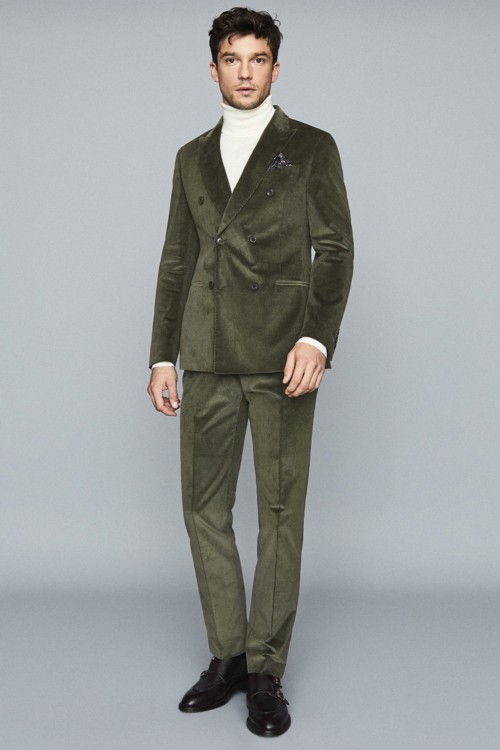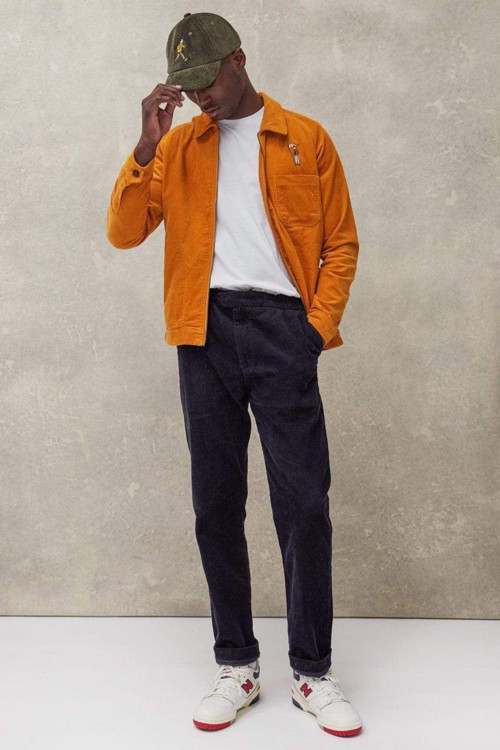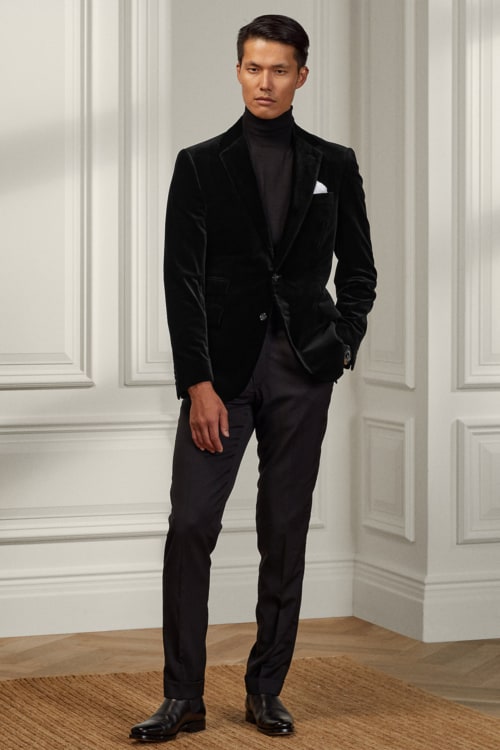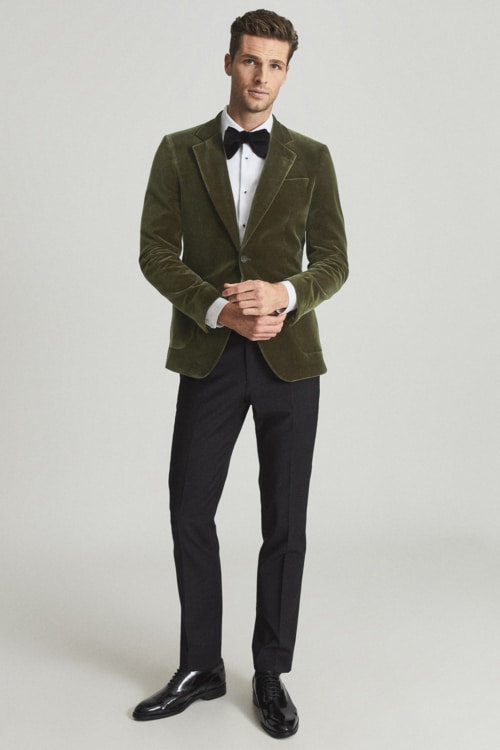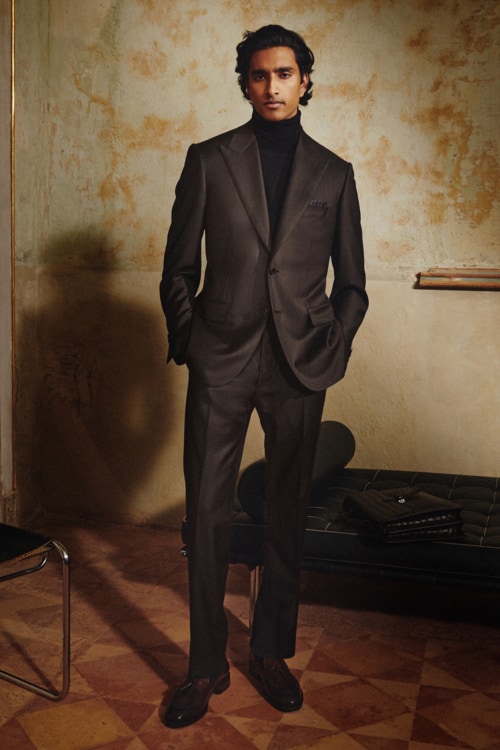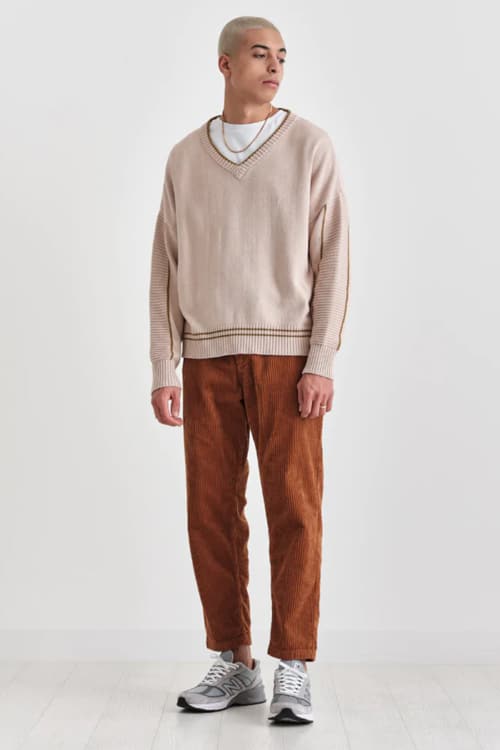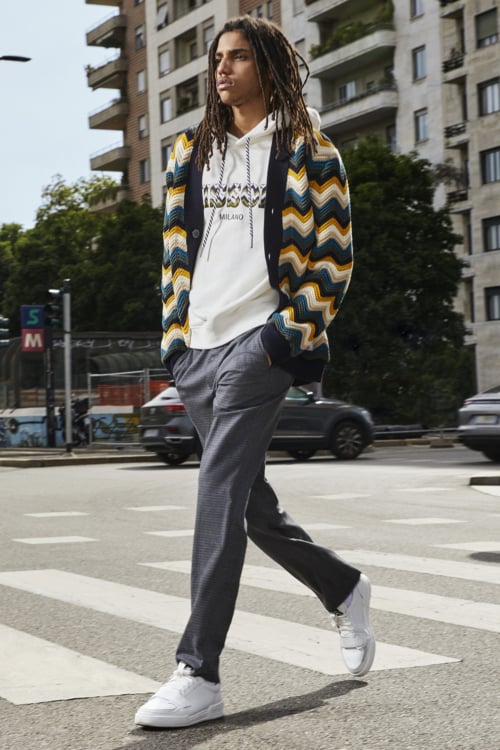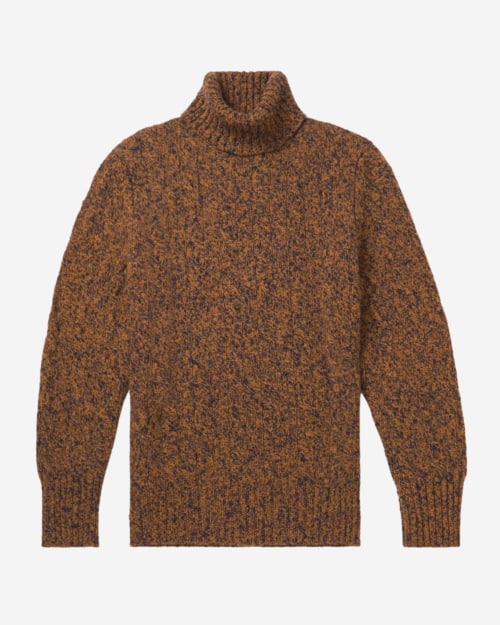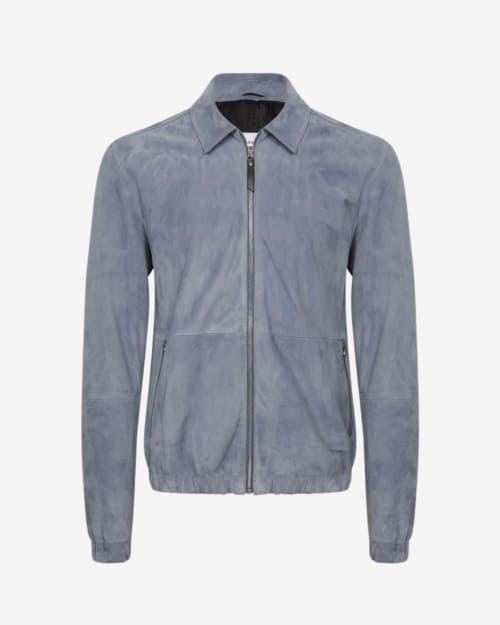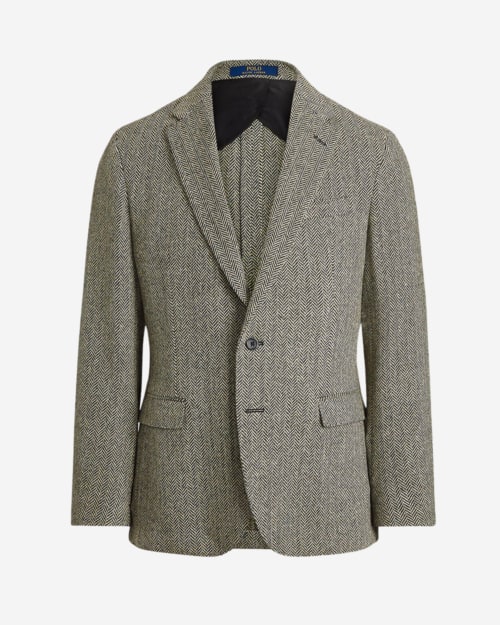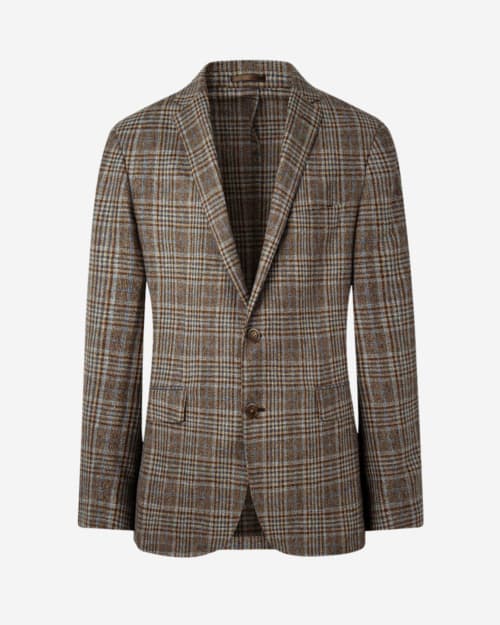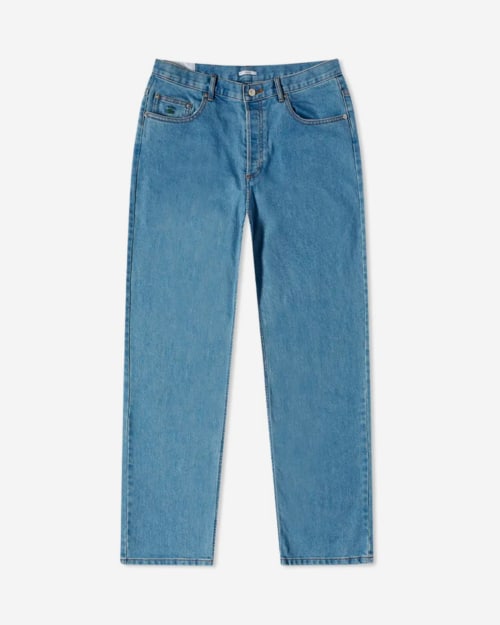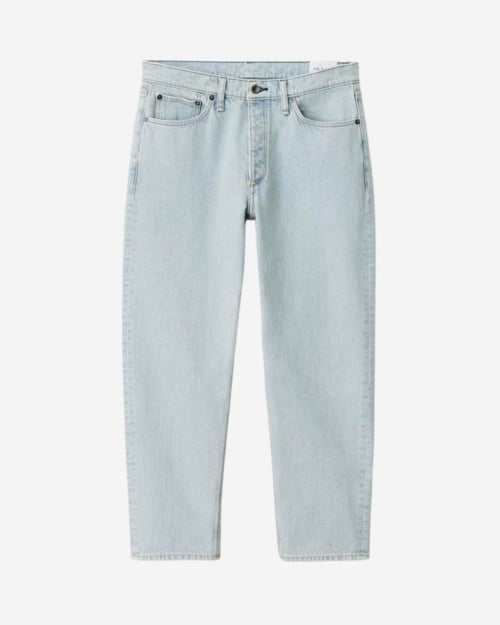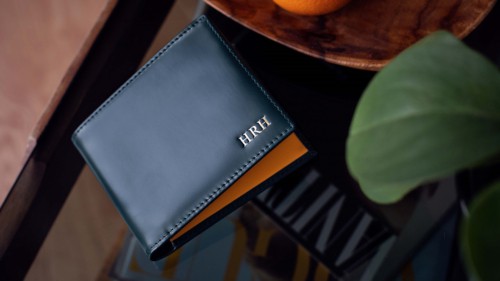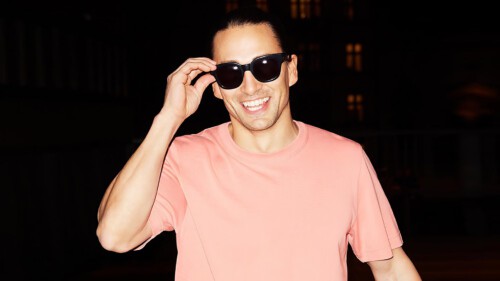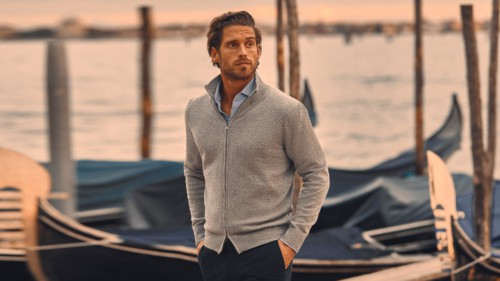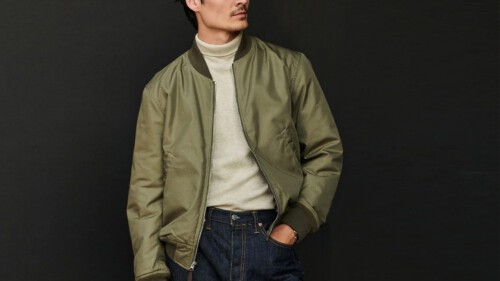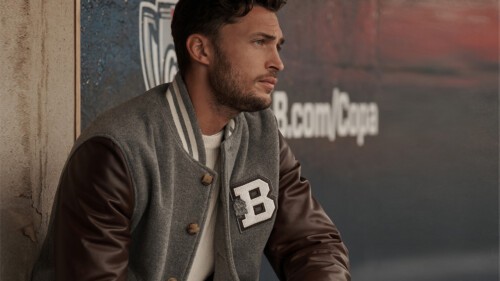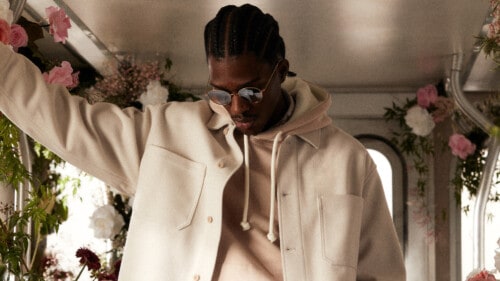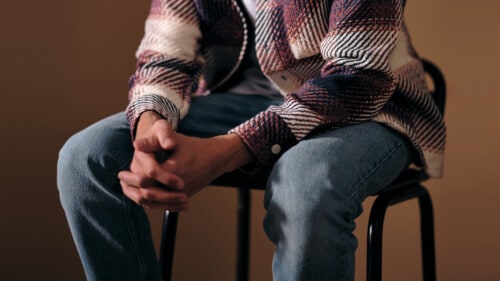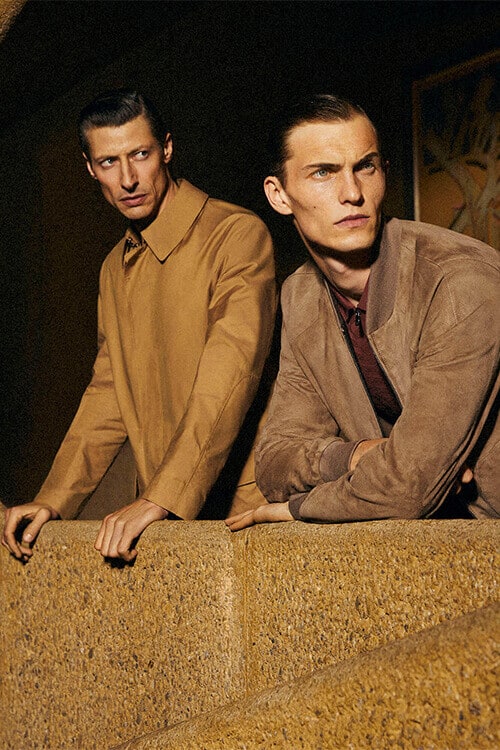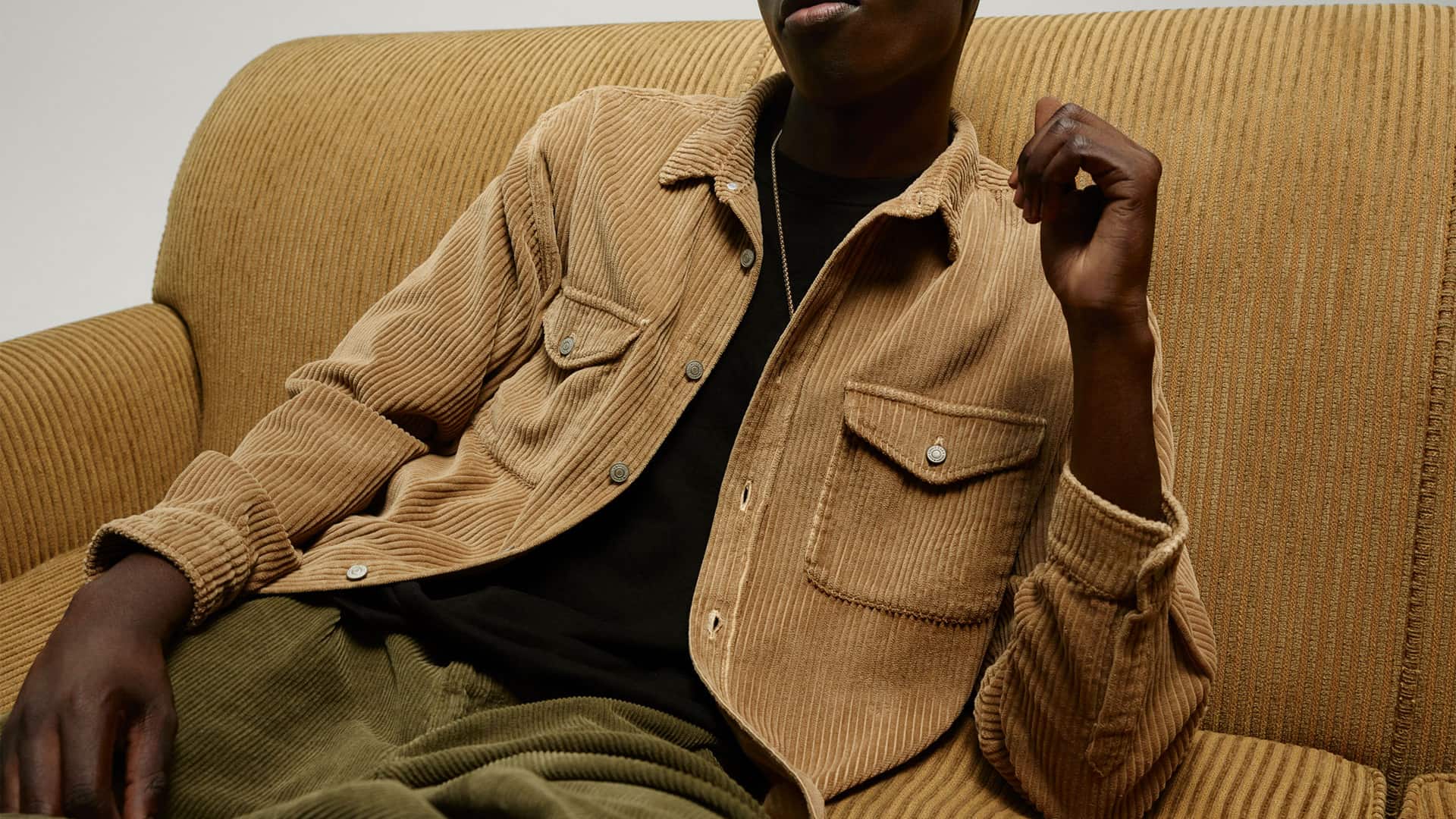
Men’s 70s Fashion Trends You Should Still Wear Today
A slice of 70s style will make your wardrobe tactile, distinctive and memorable for all the right reasons.
The 70s might just be the most stylish decade for menswear, and we don’t say that lightly. On the face of it, it was all quite extravagant and over the top, with loud colours, opulent fabrics and brash patterns. But boil it down to the key trends and beyond the fancy dress cliches, you’ll find the 70s was responsible for many of today’s most-loved wardrobe essentials.
Corduroy, roll necks, suede jackets and light wash denim were all children of the 70s, worn by everyone from Robert Redford and Harrison Ford to Marvin Gaye and Mick Jagger. Admittedly, there’s a lot going on, but if you pick and choose the best bits and update them with a 21st century eye for detail, a slice of 70s fashion will make your wardrobe tactile, distinctive and memorable.
The best 70s fashion trends for men
Corduroy
One of the biggest 70s trends – and arguably the most wearable – is corduroy. Like many 70s styles, its rise comes from a rejection of the relatively flat, pedestrian fabrics used in the 60s. Corduroy was bold and packed bags of visual texture in the form of its raised wales that run vertically down the fabric. It also took colour especially well, giving bright yellows, browns and greens an added vibrancy that wasn’t lost on the hippy generation who valued the fabric for its counter-cultural connotations.
That said, corduroy was (and is) a fabric capable of going smart and casual, academic and extra-curricular. It’s incredibly durable and able to withstand the rigours of daily use and, because it’s thicker and less fluid than worsted wool, wasn’t traditionally used on tailoring. That changed in the 70s, when corduroy blazers and trousers became a ‘thing’.
The fabric is exceptionally easy to wear today, from chore jackets to cargo pants, shirts to full suits. It’s better suited to the cooler fall and winter months due to its medium to heavy weight, but it can be worn year round. A simple navy cord work jacket is a piece we find ourselves returning to season after season; neither too smart nor too casual, the fabric combines especially well with denim, textured knits and patterns including houndstooth and micro-checks.
Velvet
An opulent embodiment of the brash and decadent 70s, velvet was one of the key fabrics of the decade, utilised on equally brash tailoring replete with wide peak lapels, flared bodies and strong, razor-sharp shoulders. A big look whatever the decade.
Smooth and soft to the touch, a velvet jacket might to this day be the ultimate party piece, a garment to be worn to the most exclusive affairs, plus fancy wedding receptions and dinner parties. Far from a versatile option, velvet is a delicate fabric that tarnishes easily, but that only seems to add to its lavish reputation.
To incorporate velvet into your wardrobe today, tailoring remains your best option. While corduroy has transitioned back into casual styles, velvet is rooted in formal menswear. The occasional velvet shirt or track pant has made an appearance on designers’ catwalks, but you’ll still get more wear from a sharp dinner jacket.
Find one in jewel tones of emerald or deep ruby red, or stick to classic midnight blue, all of which are able replacements for the black dinner jacket.
Tailoring
If 60s tailoring was all streamlined and minimalist, the 70s was bold and eclectic, with exaggerated design details and a completely new silhouette. There had to be a revolt at some point. Minimalism was associated with conservatism by the 70s; this was a time for experimentation and celebration. That resulted in tailors flexing their cutting muscles, producing new, exciting shapes for the men who were investing in them.
The 70s suit is defined by its shape. It started with the lapels, which were radically different from the slim notch versions of the 60s. The 70s were all about wide peak lapels that pointed to the sky, broadened the wearer’s chest, and accentuated a narrow waist. The shoulders were heavily structured, with sharp lines that protruded away from the body, while the jacket’s hips were flared, resulting in an extravagant, elongated cut embodied by tailors such as Tommy Nutter, who famously dressed Mick Jagger on his and Bianca’s wedding day.
The trousers were flared too, of course, albeit slightly less than the exaggerated versions you see at the fancy dress shop. Typically, suit trousers featured a mid-to-high rise with a flat front and a straight leg that flared slightly over the shoes. This look is still widely emulated today, with Gucci’s creative director Alessandro Michele well known as a bastion of 70s tailoring cut from opulent fabrics in vibrant colour palettes.
Another proponent is Tom Ford, who borrowed many details from 70s-style suits for his tailoring, including the broad peak lapels, longer length jackets and strong, roped shoulders. There’s no better starting point for bringing 70s swagger up to date.
Bold knitwear
Like everything else in the 70s, knitwear was big, bold, tactile and often found in nice shades of brown and orange. There were curtain-style patterns, sweater vests and shagpile cardigans. Why we’re looking back with fondness is anyone’s guess, but that’s what’s happening.
In the 2020s we’re still riding a wave of maximalism that 70s-style knitwear gels with nicely. Look at Harry Styles for Gucci or psychedelic-surfer patterns on chunky cardigans from the likes of Marni or Missoni. Big looks, but great if you can make them work.
To be fair, the 70s also gave us more wearable knits, like button-though polos or textured V-necks. To make them work today, leave the flares and gigantic-collared shirts in the time capsule and team them instead with simple tees and straight-leg trousers. That way you’ll avoid looking like an early children’s TV presenter.
The hair

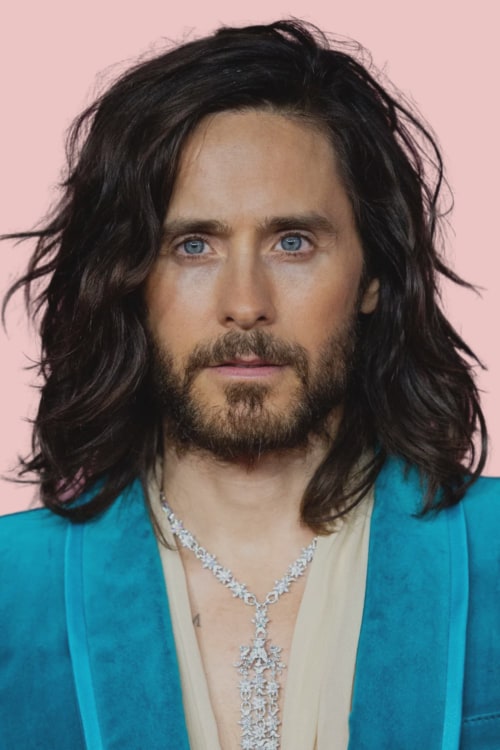
When it came to grooming, the 70s definitely picked up where the end of the 60s left off. Long, shaggy cuts and natural, grown out afros were the order of the day. This was an era where the notion of the celebrity was really kicking off, so most grooming trends from the decade were heavily influenced by rock stars, pop singers, actors and TV personalities.
That meant bands like The Rolling Stones, Fleetwood Mac and Abba, along with actors like Richard Roundtree, Robert Redford and John Travolta, were the inspirations behind many of the decade’s most popular locks. Rock stars of the 70s nearly exclusively preferred longer styles, from mullets to shoulder-length hair, often left unruly by today’s standards. Even the previously slick Elvis grew his hair and sideburns out, while Rod Stewart was known for his strange half-mullet, half-spiked concoction.
Growing your hair out today, you might want to tone it down ever so slightly. Like the rest of 70s style, everything was a touch over the top back then and they hadn’t heard of sea salt spray. Keep your longer styles neater and more deliberate: try a more directional take on the shaggy cut with a slight side or middle parting that allows the hair to fall down gracefully.
Look to Timothee Chalamet, Dave Grohl, Leon Bridges or Jared Leto for inspiration. They all owe some of their tasteful unruliness to the 70s, but at the same time it’s more controlled and contemporary.
70s men’s clothing you can wear today
The roll neck
Commonly worn in the 70s, either with tailoring or with casualwear, the roll neck may have been the most popular knitwear style of the decade. A versatile staple today, the roll neck is commonly available in two variations: those that are lightweight and cut from merino wool or cotton, and those that are chunkier and made from lambswool.
The former is best worn with tailoring and adds a sleek finish to suits or separates. Look for one in a suitably 70s shade of cream or brown and pair it with tonal tailoring for a look that wouldn’t be out of place on the set of The Nice Guys.
Alternatively, a chunky roll neck might be more your bag, especially if you’re after something you can wear casually on the weekend. Look for one in a ribbed fisherman style or even a fair isle take and combine it with light wash denim and leather boots.
Suede jackets
Like many items that were popular in the 70s, suede jackets are not especially practical. In fact, they’re incredibly impractical, given that water damage can completely ruin them. You’re limited to wearing them only in spring and summer then, but they’re often too heavy and aren’t particularly breathable, making them uncomfortable and difficult to wear for prolonged periods.
However, when the stars align and the weather is just right, there is no cooler jacket than one cut from suede. Just ask McQueen and Redford who were keen proponents in the 70s. The suede jacket is an outerwear all star and one we find ourselves returning to time and again.
They come is many different styles today, but for a keep slice of 70s action, turn to a suede bomber jacket in tan. The ideal finishing touch to a denim and white tee look, this is a style that will only get better with age as it takes on a patina all its own. Just make sure you hide when it inevitably rains.
The blazer
As detailed above, tailoring was big in the 70s, with a number of suit styles being popular across the 10-year period. If you’re going to invest in just one style from the decade though, make it a tweed jacket. Patterned tweed was a big hit back then, but tone it down slightly today with a houndstooth option made up of browns, creams and reds, which looks far more modern and less like you’re going to a vintage disco.
Stick to the 70s cut of peak lapels and tapered waist, or go for something a bit more up to date in the form of an unstructured, relaxed-fit blazer – the choice is yours. The latter is far easier to dress down though, and makes an excellent, sartorial alternative to a casual chore coat or field jacket.
The jeans
There isn’t a decade in the last 60 years where jeans weren’t popular in some form or another. In the 70s it was all about pale washes and mid-rise, straight-leg cuts. Pale wash denim is far less dressy than its raw denim cousin, and arguably works with a wider array of colours, from brown jackets to green knits.
What’s more, it’s one of the easiest garments to pick up at a vintage store, so if you want a bit of authentic 70s denim, check out your local thrift shop. It’s difficult to go wrong with a classic pair of stonewash jeans. Try pairing yours with the aforementioned tweed blazer, a patterned roll neck and Wayfarer sunglasses for a 70s-inspired outfit that looks surprisingly up to date.
